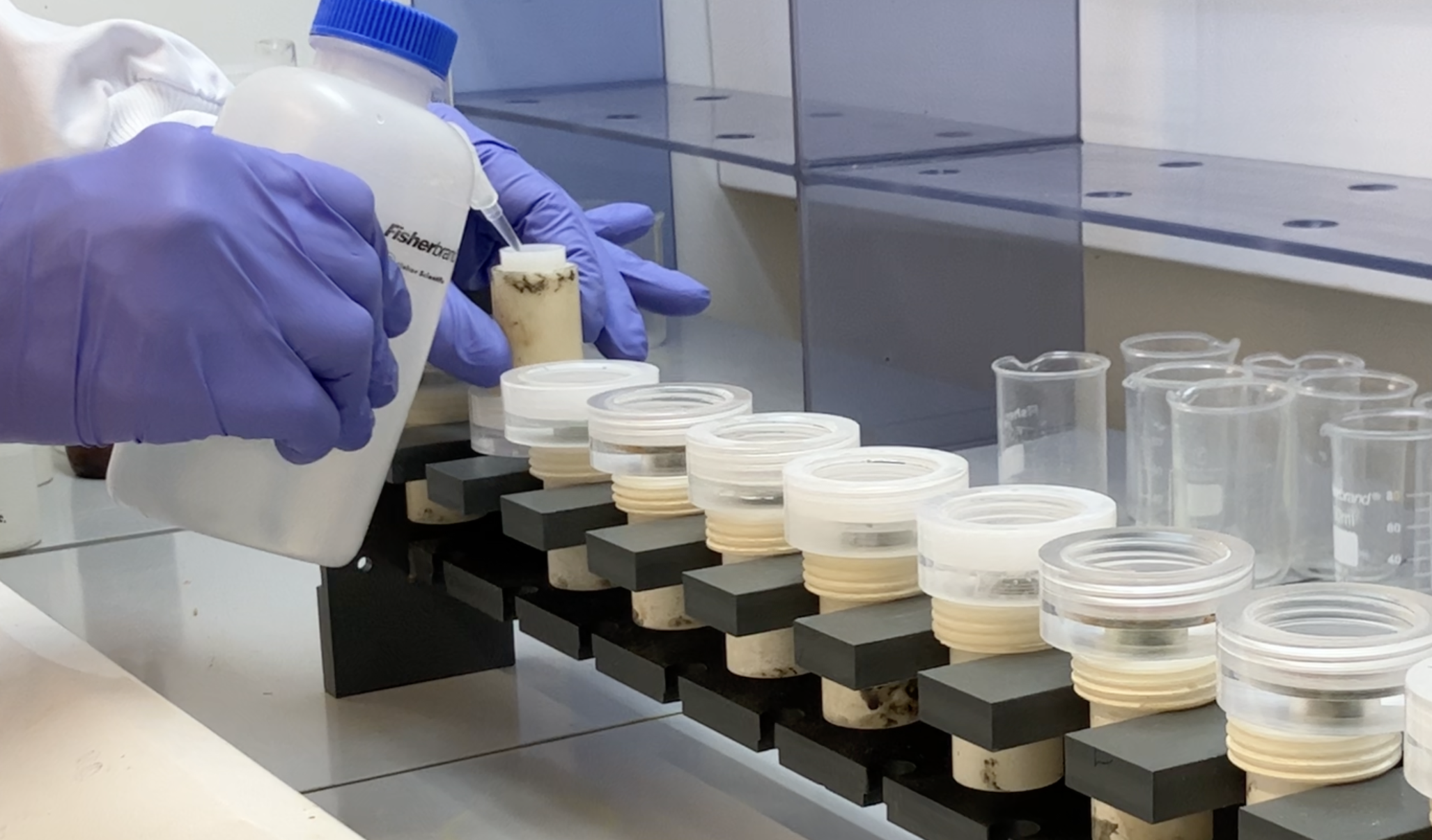In recent years a growing movement has arisen to argue that humans have changed the Earth so much we should consider ourselves in a geological timescale known as the Anthropocene. Geologists use markers in rocks at specific sites to define when these epochs begin, so if the Anthropocene is to get general recognition it needs one too. Now a committee established to recommend one has released its report of where and when it began but it’s already proving controversial.
If humans were to go extinct aliens visiting in the future would have little trouble detecting our presence in the geologic record. Whether it be a layer of plastic, radioactivity from nuclear tests, some astonishingly sudden extinctions, or even the surge of chicken bones, the Anthropocene would not be hard to find.
Defining it is a different matter. Some see its beginnings in the 20th century with the Manhattan Project and the creation of the atomic bomb or the invention of plastics, while others date it much earlier, for example, the mass transportation of species between Eurasia and the Americas. The Anthropocene Working Group (AWG) was created to offer a solution, and they have chosen the presence of plutonium from nuclear tests found in Lake Crawford, Canada.
The AGW is recommending the lake to the International Commission on Stratigraphy (ICS) because its sediments provide a particularly clear record of recent environmental events. The layers of its deep waters do not mix (officially termed meromictic) allowing sediment cores to reconstruct centuries of pollution and ecological change. It’s close enough to Toronto for easy study, but its location in a conservation area reduces local effects and has been suggested as the place to define the Anthropocene for a while.
“Seasonal changes in water chemistry and ecology have created annual layers that can be sampled for multiple markers of historical human activity. It is this ability to precisely record and store this information as a geological archive that can be matched to historical global environmental changes which make sites such as Crawford Lake so important,” said AWG Secretary Dr Simon Turner of University College London in a statement.

Chemical digestion of Crawford Lake samples to extract plutonium.
Image credit: University of Southampton
The key marker the AWG chose to look for was plutonium, spread around the world by nuclear bombs prior to the Nuclear Test-Ban Treaty. “The presence of plutonium gives us a stark indicator of when humanity became such a dominant force that it could leave a unique global ‘fingerprint’ on our planet,” said Professor Andrew Curry. Twelve secondary locations have been chosen that show the same boundary, albeit a little less clearly than Lake Crawford.
Technically what AWG is recommending is known as a Global Boundary Stratotype Section and Point (GSSP), often referred to as a “golden spike”. These are usually established at locations where a sudden shift in rock types marks the passage from one era or epoch to another. Some are simple to identify, such as the layer of metal-enriched material that divides the Cretaceous from the Paleogene.
Not all geologic divisions are so clear, since change usually comes much more gradually, and choosing the best GSSP (and name) can become quite contentious. Such battles, however, usually only involve a small subsection of geologists. This one could become a much wider topic of debate because it raises so many questions with wider implications. This was recognized by including social scientists along with the more usual geologists and stratigraphers on the AWG.
By setting the marker in the 1950s, the GSSP, if accepted, will treat everything that came before as part of the Holocene, including events such as the industrial revolution and the near extinction of the North American bison.
Even establishing the AWG met with opposition, although in the end it was passed overwhelmingly, as some geologists rejected even the idea of the Anthropocene.
The AWG’s Jan Zalasiewicz told AFP differences in definition are one of the reasons the GSSP needs to be agreed upon. “I am concerned that if the word ‘Anthropocene’ continues to mean different things to different people, then it will lose its significance and simply fade away,” he said. Yet those differences may make it hard to win votes for Lake Crawford, or any site chosen in its place.
There’s plenty of opportunity for this debate to play out. The proposal must first go to the Subcommission on Quaternary Stratigraphy which founded the AWG, and if it survives that to the full International Commission on Stratigraphy (ICS). Then finally it will go to the International Union of Geological Sciences for official ratification.
In the time the AWG has been operating the two most prominent advocates for recognizing the Anthropocene, Nobel Prize winner Paul Crutzen and Professor Will Steffen have died, Steffen just months ago.
The Anthropocene has been designated an epoch, although it will be a long time before anyone knows if this is the right decision. The longest geological categories are Eras, which are broken down into periods that in turn consist of epochs and ages. One might question whether humanity will be around long enough for our dominance to deserve to be considered an epoch not an age, but if we aren’t there probably won’t be anyone around to quibble.
Whether it is a geological category matters less, however, than the psychological change its advocates hope will come from the Anthropocene’s recognition. Civilization’s astonishing success was a product of the mostly mild conditions provided by the Holocene. Acknowledging those have gone may be the only way to get them back.
“Science is basically trying to establish what’s real as opposed to what’s not,” Zalasiewicz said. “And the Anthropocene is real.”
Source Link: Welcome To The Anthropocene? Scientists Propose Where And When It Started